 Global shipping is a complex and constantly evolving process. Choosing between LCL ocean freight and air freight shipping goes beyond basic delivery speed or cost—it’s a matter of logistics infrastructure, pricing mechanisms, and supply chain strategy. This guide outlines how companies can leverage each method to create efficient, resilient, and cost-effective logistics operations based on advanced logistics and freight system research.
Global shipping is a complex and constantly evolving process. Choosing between LCL ocean freight and air freight shipping goes beyond basic delivery speed or cost—it’s a matter of logistics infrastructure, pricing mechanisms, and supply chain strategy. This guide outlines how companies can leverage each method to create efficient, resilient, and cost-effective logistics operations based on advanced logistics and freight system research.
Rethinking LCL Ocean Freight: More Than Shared Containers
LCL in Context: Strategic Role in Freight Systems
The LCL (Less-than-Container Load) model allows multiple shipments from different exporters to share space within a single container. While often seen as a basic or budget-friendly solution, its strategic relevance is far greater. LCL is a critical component of structured maritime systems, which utilize scheduled and organized trade routes to generate economies of scale.
LCL shipments offer:
- Cost-efficient consolidation: Lower cost per unit via shared logistics.
- Operational flexibility: Supports just-in-time and low-inventory models.
- Access to major ports: Integrates smoothly with line-based trade routes.
- Predictable service: Due to scheduled liner services, reliability is higher than commonly believed.
LCL provides the logistics infrastructure small and medium-sized enterprises need to access international markets without the expense of full-container bookings.
How LCL Cargo Rates Are Formed
Multiple variables influence LCL cargo
- Origin and destination combinations
- Handling and consolidation requirements
- Container space optimization
- Terminal charges and fuel surcharges
- Relationships and contracts with ocean carriers
The LCL market often operates on a bargaining model, particularly when freight forwarders consolidate cargo volumes to negotiate more favorable ocean rates. While spot pricing is standard, regular shippers may access long-term contract rates.
Air Freight: Tactical Deployment in Global Supply Chains
Air Cargo in the Supply Chain
Air freight plays a key role in logistics strategies that prioritize speed, risk management, and value protection. It supports:
- Urgent delivery needs with shorter lead times
- The transport of perishable or high-value goods
- Continuity of supply for critical manufacturing
- Peak-season restocking or emergency response logistics
Air freight is crucial for maintaining agility in global trade, particularly in industries where time-to-market is critical.
Air Freight Rates: Composition and Volatility
Air freight quotes are determined by:
- Chargeable weight (actual or volumetric)
- Route and flight availability
- Airline capacity
- Fuel surcharges
- Seasonal demand
This model is also vulnerable to issues with logistics infrastructure. Limited space for heavy cargo, delays in cargo handling, complex customs protocols, and high airport access costs all impact pricing and 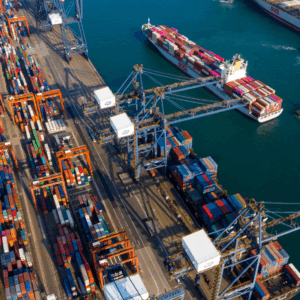
Market Structures in Freight Shipping
Charter vs. Line Traffic
The ocean freight market is structured around two core service models:
- Charter traffic: On-demand, flexible, typically lower cost.
- Liner traffic: Fixed routes and schedules, offering predictability for LCL services.
Liner services are essential to large-scale supply chains, enabling better planning and coordination. However, they often come with rigid pricing and additional surcharges, particularly during peak seasons or when ports are congested.
Bargaining Power and Freight Rate Dynamics
Freight pricing is shaped by market negotiations that consider the following:
- Availability of shipping vessels or aircraft
- Trends in global trade
- Financial indicators such as interest rates
- Operational cost factors
- Cargo urgency and volume scale
Freight forwarders often use strategic negotiation models to secure competitive LCL shipping quotes. This is especially important in dynamic markets, where maintaining price stability is challenging without volume leverage.
Infrastructure and Logistics Efficiency
Sea Freight Infrastructure Needs
Efficient LCL ocean shipping depends on the following:
- Deep-water ports equipped for cargo consolidation
- Intermodal connections (rail, trucking)
- Effective customs clearance processes
- Adequate container yard space and terminal coordination
Any disruption—whether it is a strike, port closure, or congestion—can delay shipments and lead to increased ocean freight rates. Transparent pricing models that include all fees, such as the Traffic Mitigation Fee (TMF), help mitigate unexpected charges.
Air Freight Infrastructure Limits
Air cargo logistics requires:
- Aircraft with appropriate cargo capacity
- Smooth transit from production centers to air terminals
- Specialized handling (e.g., refrigerated logistics for temperature-sensitive goods)
- Streamlined customs and documentation processes
Airports often face bottlenecks due to infrastructure constraints such as limited expansion space, labor shortages, or low automation levels. These factors can affect service quality and reliability in air freight shipping.
Sea vs Air Freight: Use Cases, Not Competition
Air and sea freight are complementary. Each serves specific supply chain needs:
- Use LCL ocean freight for consistent, cost-effective shipments.
- Choose air freight for urgent, high-margin, or sensitive cargo.
- Integrate both in a multimodal shipping strategy for optimal flexibility and efficiency.
Companies that effectively combine air and sea freight reduce logistics costs, improve delivery reliability, and build more responsive supply chains.
Technology, Freight Quotes, and Digital Innovation
Digital freight platforms provide:
- Instant access to freight quotes for both air and ocean shipments
- Automated route optimization
- Calculation of terminal and surcharge fees
- Digital documentation and shipment tracking
This real-time visibility enables logistics managers to adapt quickly to changing market conditions, ensuring alignment with business goals such as sustainability, efficiency, and delivery speed.
Frequently Asked Questions
What Does BCO Mean in Shipping?
BCO stands for Beneficial Cargo Owner. It refers to the actual owner of the cargo being shipped, not a third-party logistics provider or intermediary.
What is a Traffic Mitigation Fee (TMF)?
This is a surcharge imposed at congested ports (e.g., Long Beach) to fund off-peak terminal operations. It is automatically included in comprehensive freight quotes from platforms like ExFreight.
What Is an Express Seaway Bill?
A digital document issued for ocean shipments that allows cargo to be released without presenting a paper bill of lading. It speeds up cargo clearance at destination ports.
When Should I Choose LCL Over Air?
Opt for LCL when:
- The shipment is not time-sensitive
- You need the cheapest international shipping solution
- You ship smaller batches frequently
What is a Freight Forwarder?
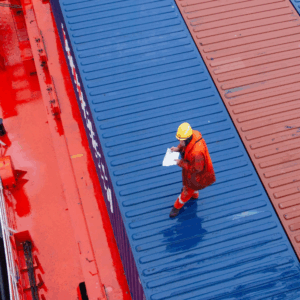
From Freight Quotes to Freight Strategy
Freight decisions should be integrated into a long-term supply chain strategy, rather than being made as one-off transactions. By understanding logistics pricing structures, infrastructure limitations, and available service models, companies can build logistics systems that support scalable and sustainable growth.
Utilize tools like ExFreight to obtain instant quotes, compare LCL cargo rates and air freight rates, and develop a more informed shipping plan tailored to your business objectives.


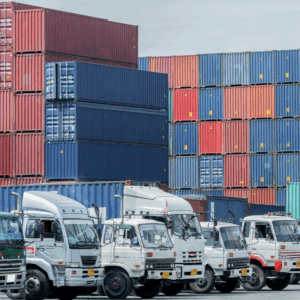
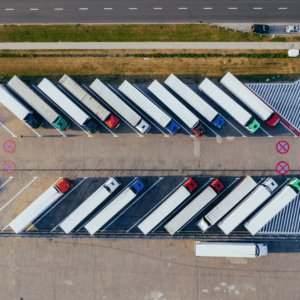
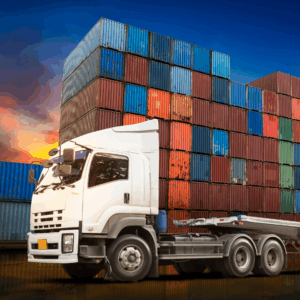

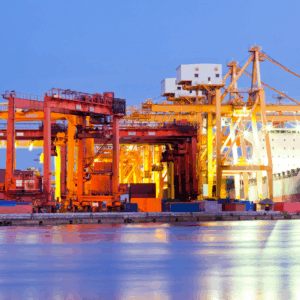

Leave A Comment
You must be logged in to post a comment.